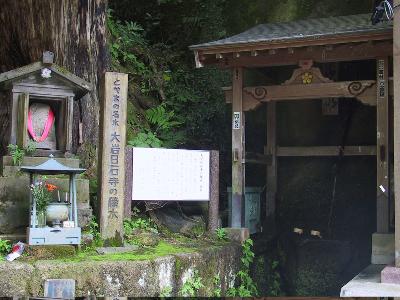|
Yakutanabata Festival (Start Festival) is held in early August in Noshiro City, a city facing the Sea of Japan in the northern part of Akita Prefecture. Yakutanabata Festival is a kind of the Nebuta lantern festival, which originates in an old episode that Abe no Hirafu (about 1,300 years ago) and Sakanoue Tamuramaro (800 years ago) used lanterns as decoys to attract attention of the enemy when they fought against the Emishi (the aboriginal inhabitants of ancient northern Japan). It is also said that the custom of lantern float was carried out to shake off drowsiness in the midsummer as well as to pray for a good harvest in coming fall and drive away the ill luck.
In Yakutanabata Festival, a castle-shaped giant lantern float are pulled around the city. Leading the parade are the Dengaku musicians, who powefully beat drums and produce peaceful tone of Japanese flute. At the end of the festival, shachi or dolphin-like ornaments attached to the top of the lantern are burned and set afloat to the Yoneshiro River.
In the evening when the ohayashi music stops and street lamps along the river are turned off, the area is dominated by silence. Then the shachi ornaments placed on rafts in the river are set on fire. In the solemn music played by the ohayashi musicians, they are floated away into the Sea of Japan.
In Yakutanabata Festival, a castle-shaped giant lantern float are pulled around the city. Leading the parade are the Dengaku musicians, who powefully beat drums and produce peaceful tone of Japanese flute. At the end of the festival, shachi or dolphin-like ornaments attached to the top of the lantern are burned and set afloat to the Yoneshiro River.
In the evening when the ohayashi music stops and street lamps along the river are turned off, the area is dominated by silence. Then the shachi ornaments placed on rafts in the river are set on fire. In the solemn music played by the ohayashi musicians, they are floated away into the Sea of Japan.
| [+ADDRESS] | 
|



















